Living in SZ | Ancient villages worth visiting in Longhua
Writer: | Editor: Zhang Zhiqing | From: Shenzhen Daily | Updated: 2024-07-30
Speaking of ancient villages in Shenzhen, you can’t miss Longhua District, which is home to three of the city’s seven art villages, including the widely famed Guanlan Printmaking Village and New Who Art Village. It’s worth noting that there are a number of distinctive ancient buildings and ancient villages in this district. Some of these old structures have been refurbished, while others are undergoing protective renovation.
Let’s take a look at some of the ancient villages in Longhua that date back at least a century.
Guanlan Printmaking Village
One of the best-known Hakka villages in Shenzhen, Guanlan Printmaking Village is a cultural landmark in the city. Covering an area of 1.4 million square meters, the village was built upon the former Dashuitian Old Village.
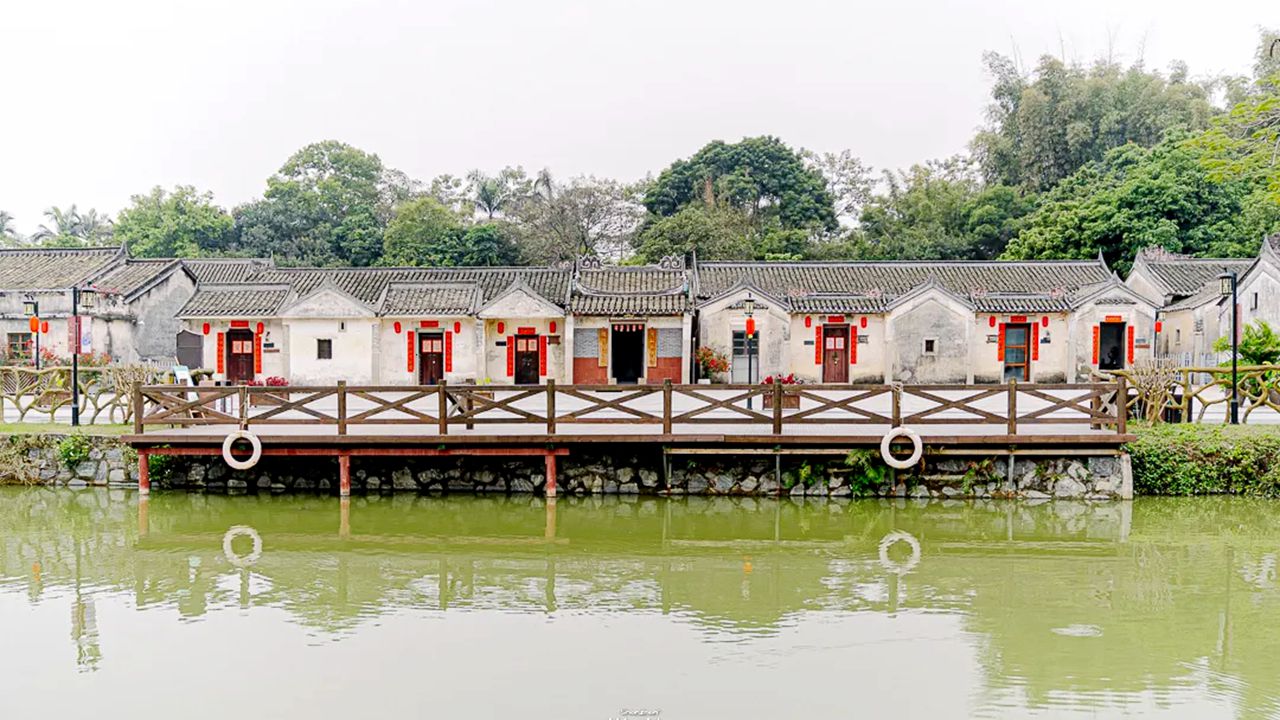
Old houses in Guanlan Printmaking Village in Longhua District. Photos from official WeChat account "深圳游玩攻略" except otherwise stated
Guanlan Printmaking Village houses more than 200 old houses of Hakka style with historical traces imprinted on the mottled walls. Among the row-house structures stand the ancient watchtowers that perfectly integrate overseas architectural elements into Lingnan-style structures. Nowadays, very few residents live here.

Flowers adorn Guanlan Printmaking Village.
Strolling down the tranquil streets and alleys in the village, you will find a 180-year-old Bodhi tree that seems to tell the story of time here.
The village becomes particularly sought-after in February and October when the rapeseed flowers and the Gesang flowers turn the neighborhood into an oil painting of a flower sea.
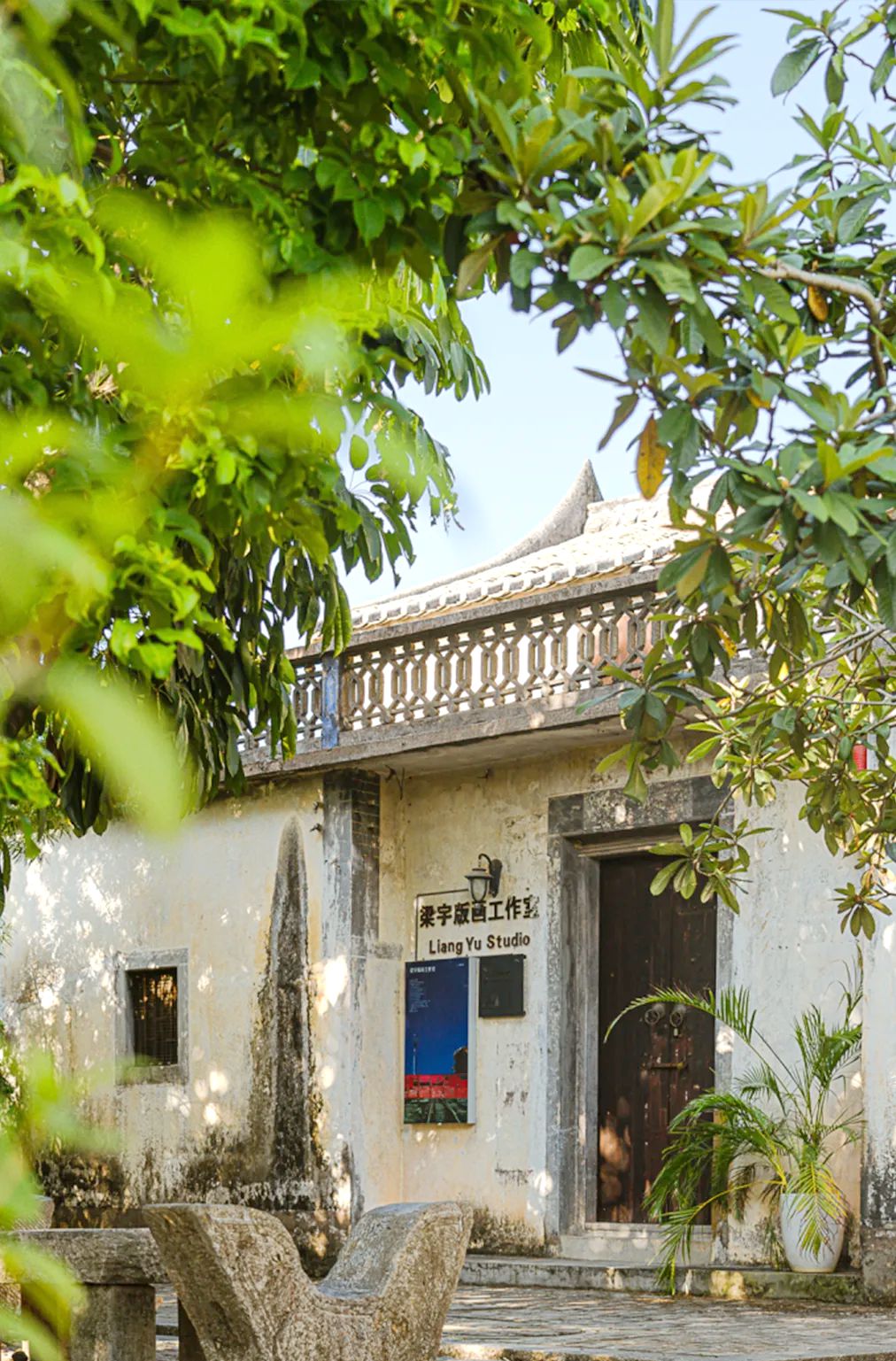
A printmaking studio in Guanlan Printmaking village.
True to its name, the village is a base of the printmaking industry, with printmaking workshops of various sizes and art corners being housed in the eastern area, and an international artist compound in the western part. You can have a hands-on experience on printmaking here.
Not far from the Printmaking Village on the right, there is the country’s first professional printmaking museum, which houses art works from both China and abroad, making it a must-visit museum in Shenzhen.
Guanlan Printmaking Village
Opening hours: 9 a.m. to 6:30 p.m.
How to get there:
1. Metro Line 4 to Mission Hills Station (观澜湖站) and transfer Bus No. M285 to Printmaking Base stop (版画基地站)
2.Metro Line 4 to Niuhu Station (牛湖站) and transfer for Bus. No. M289 to Boluoling Road Bus Terminal (菠萝岭路公交首末站)
China Printmaking Museum
Opening hours: 10 a.m. to 6 p.m. (Closed Tuesday)
Admission: free
Meilian Red Wood Art Meseum
Opening hours: 10 a.m. to 6 p.m.
Admission: free
New Who Art Village
New Who Art Village, less busy of tourists’ foot traffic compared to Guanlan Printmaking Village, is a centuries-old Hakka village with watchtowers intertwining with traditional Hakka houses. The defunct Qiming School in the back of the village dates back to the Republic of China period (1912-1949).
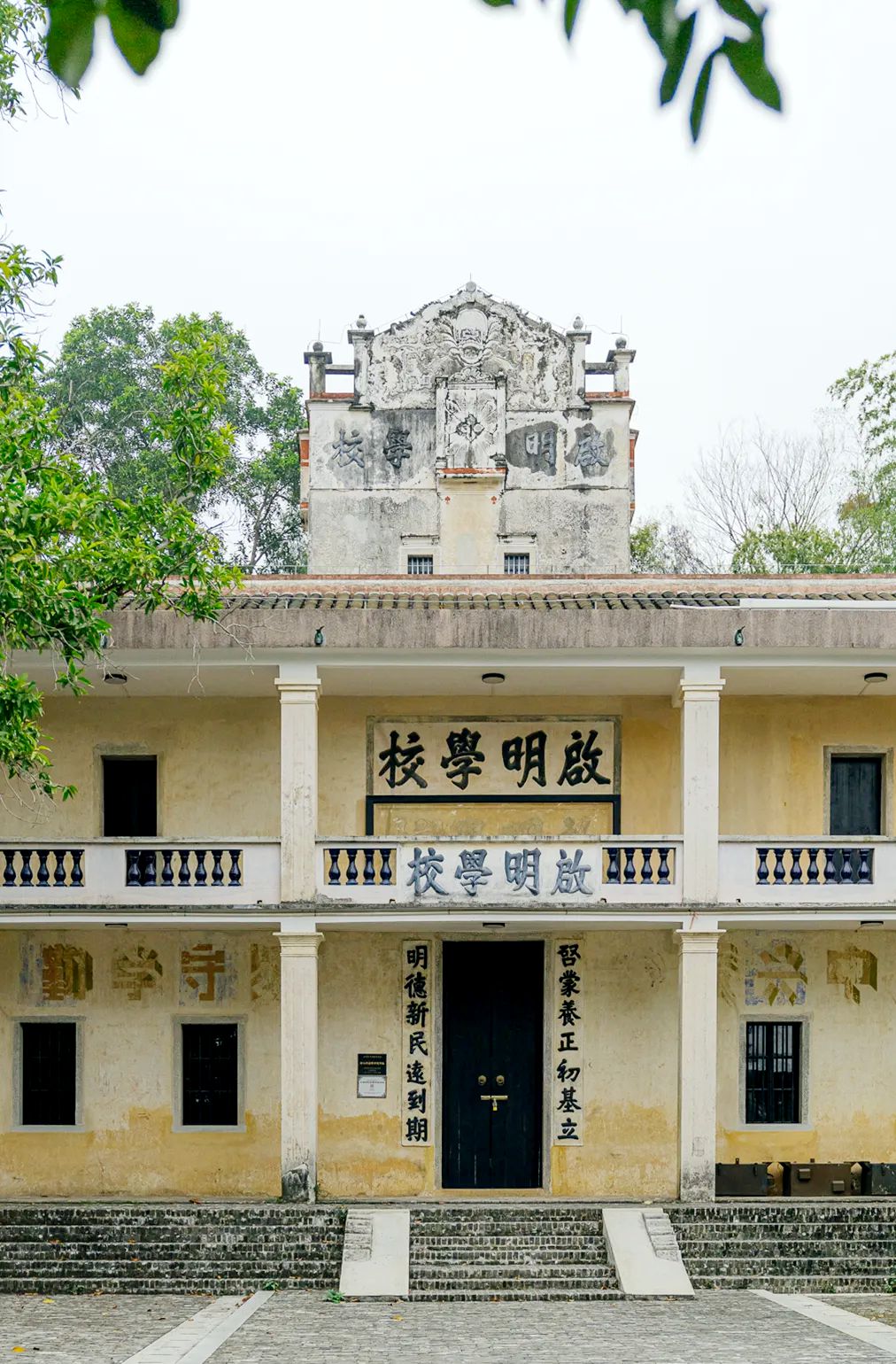
Qiming School near New Who Art Village dates back to the Republic of China (1912-1949) period.
The village got its name for a group of artists from across the country who settled here years ago. They opened workshops in every corner of the village to create art pieces, transforming the formerly quiet ancient village into a vibrant neighborhood.

Installations in New Who Art Village.
In New Who, there are spaces for art exhibitions of all sizes, showcasing a wide range of art forms such as printmaking, sculpture, pottery, drama, and paper cutting. Additionally, the New Who Art Museum hosts art exhibitions from time to time. You can relax in the courtyard with a cup of tea or enjoy a hearty meal in a private restaurant when you get tired.
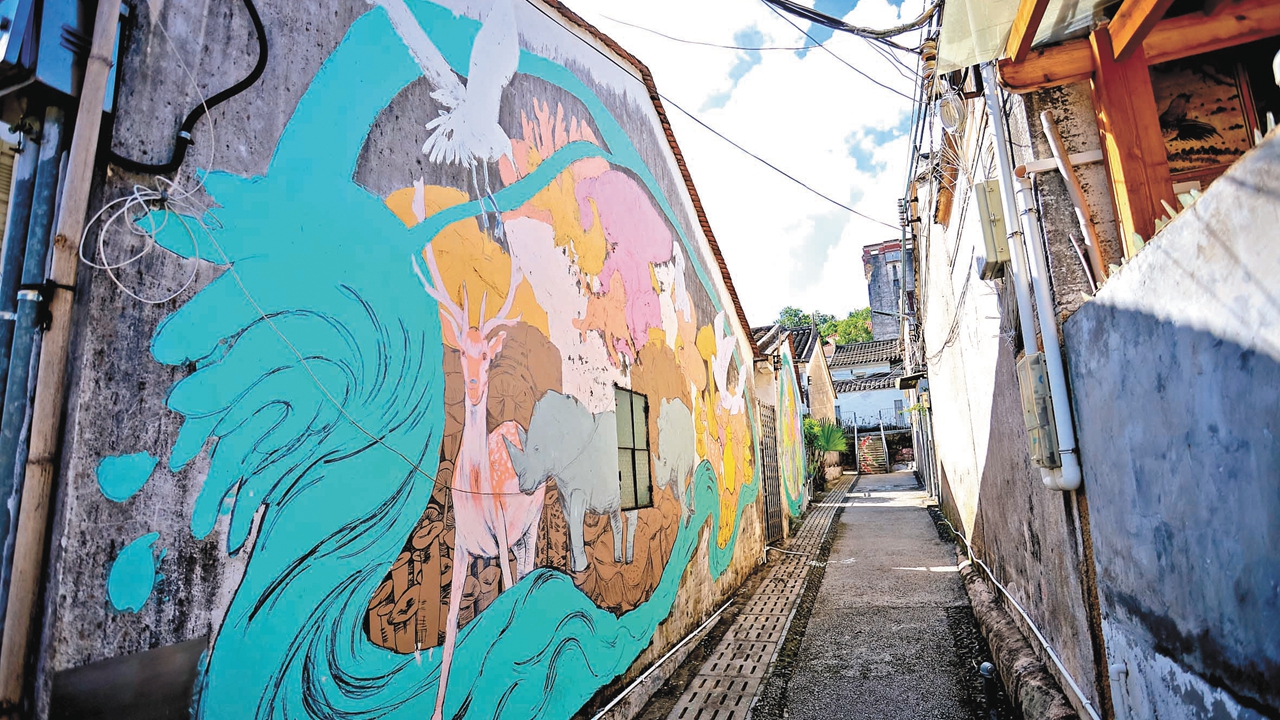
A scene in New Who Art Village. Chen Jianhua
You can also take a stroll in the Qiuyuling City Park behind the village. Nestled against the mountain, the park offers a panoramic view of the ancient dwellings in the village.
Opening hours: 9 a.m. to 7 p.m.
How to get there: Metro Line 4 to Niuhu Station (牛湖站), Exit B then walk around 900 meters
Shangwei Art Village
The Shangwei Art Village is an old village with a history of 400 years. Surrounded by mountains on three sides and adjacent to water, the village serves as a getaway from the bustling urban commercial life. There are four watchtowers and more than 50 traditional Hakka houses in the village. Artists and designers started settling here since 2016, adorning the old houses and ancient walls with graffiti, making the village as picturesque as a movie scene.
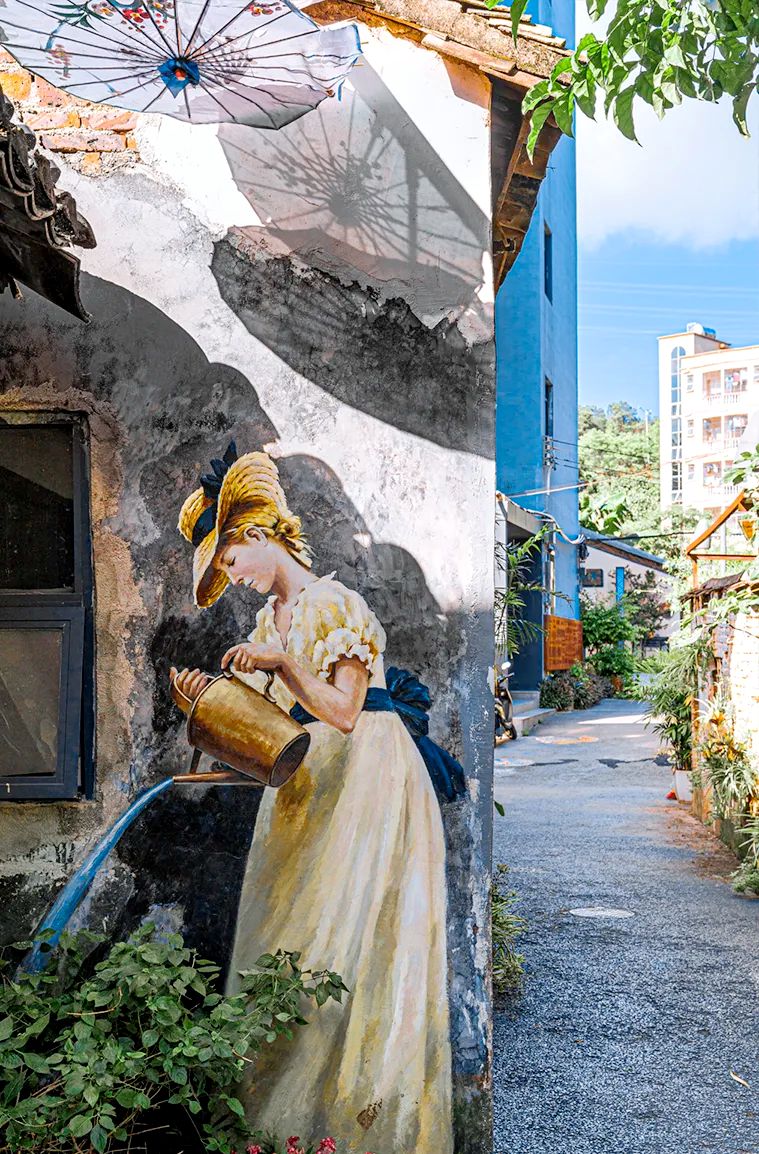
A painting on a wall in Shangwei Art Village.
The village is decorated with flowers and plants. Flowerpots hang on windowsills, roadsides, and even on walls, filling the air with a sweet floral fragrance wherever you go.
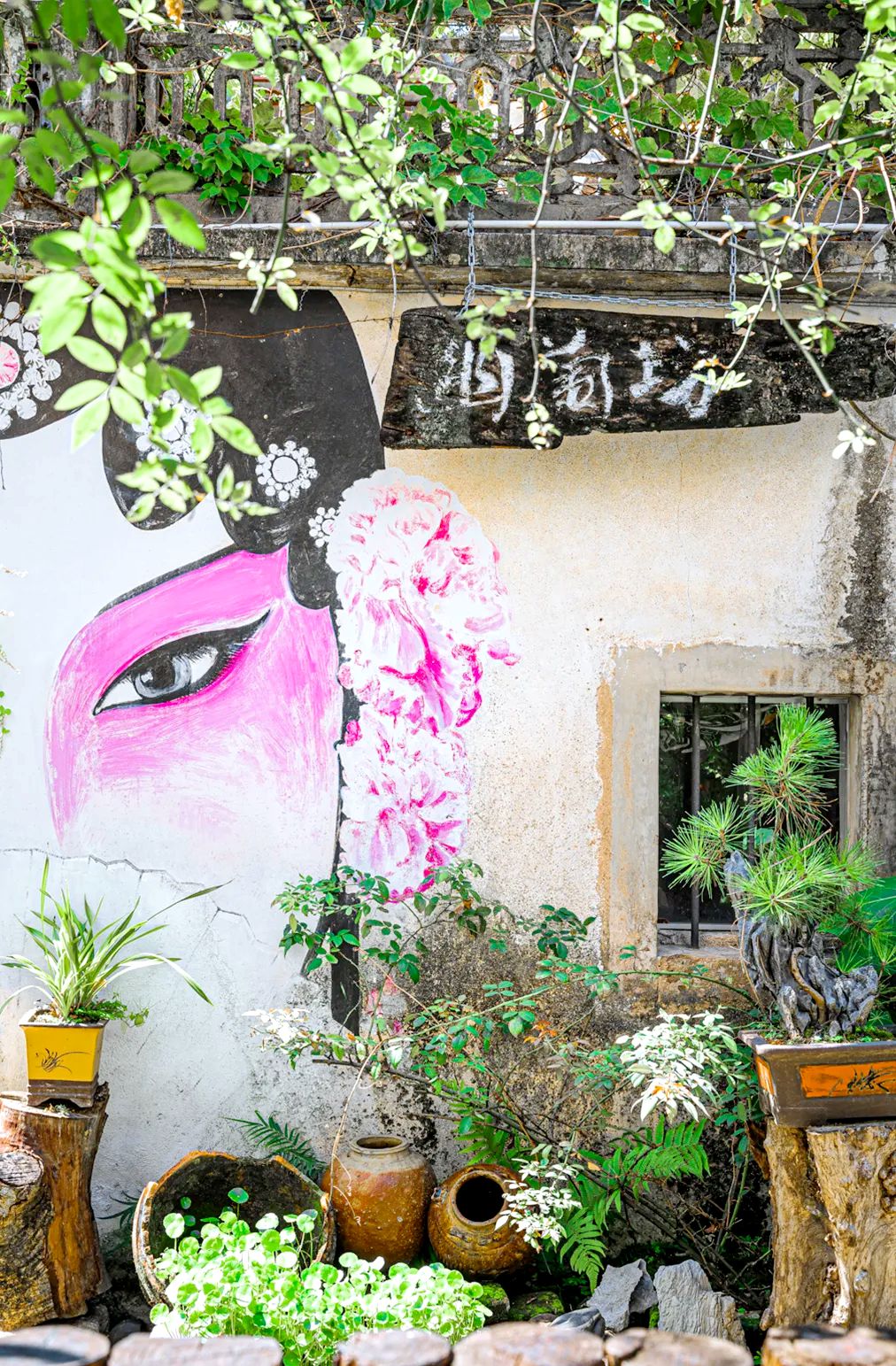
A traditional Chinese opera-themed graffiti on a wall in Shangwei Art Village.
For those who enjoy visiting museums, the art village also features three special museum areas: the Shangwei Film Museum, the Historical Iron Museum, and the Jie Yun Image Library.
How to get there: Metro Line 4 to Niuhu Station (牛湖站), then take a taxi
Dahe Village
Dahe Village is known for its extensive murals, which have been used to replace the old walls of the typical Hakka village with a history of over 200 years.
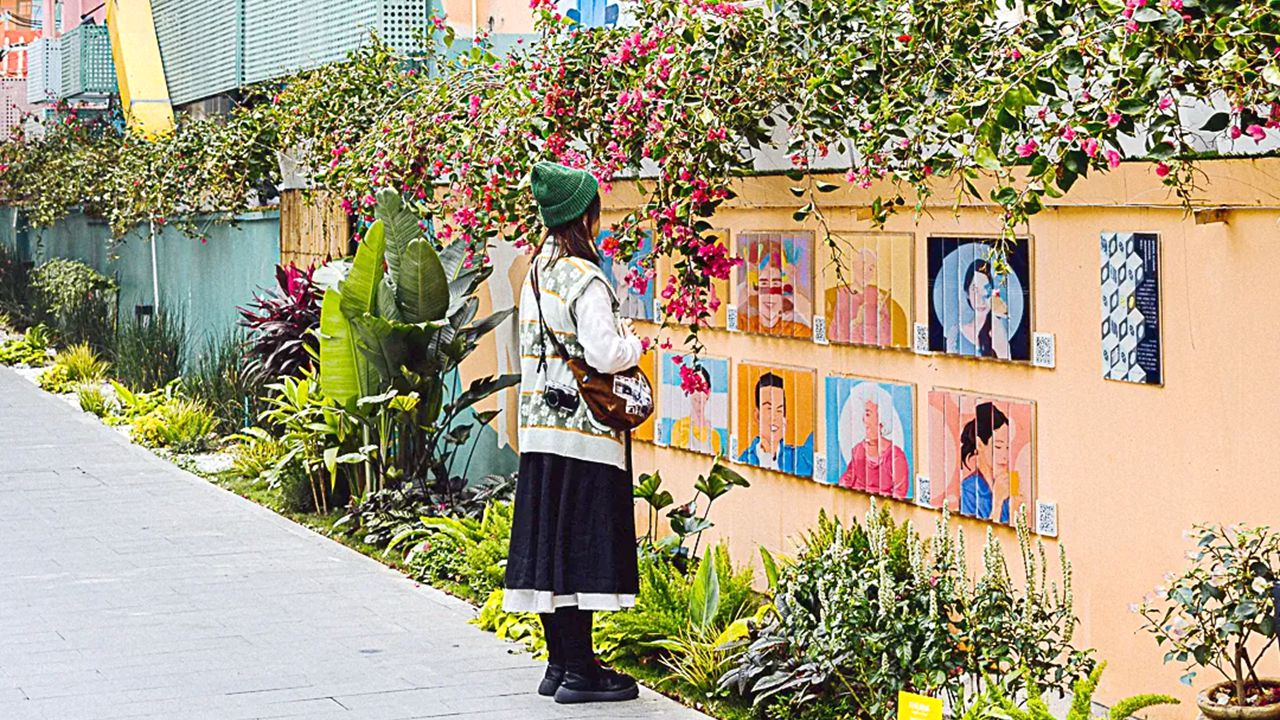
Murals on a wall in Dawei Village.
Although the village is fairly small, you will find old barbershops hidden in alleyways, Qinggong Reading Alley where books can be borrowed for free, and a small botanical garden, among other amenities.

Children read books at a library in Dahe Village. Chen Jianhua
How to get there: Metro Line 4 to Zhucun Station (竹村站), then talk a taxi
Qinghu Ancient Village
Qinghu Ancient Village is a lesser known village to many Shenzheners.
This is where generations of the Liaos, the original inhabitants, have lived. Said to be established on the same day of the Nantou Ancient Town in Nanshan District, Qinghu Ancient Village is one of the earliest ancient villages in Shenzhen. Currently, the ancient village preserves many cultural relics such as the Liao Family Ancestral Hall, Sanjie Temple, and Yuanzhu Family School.
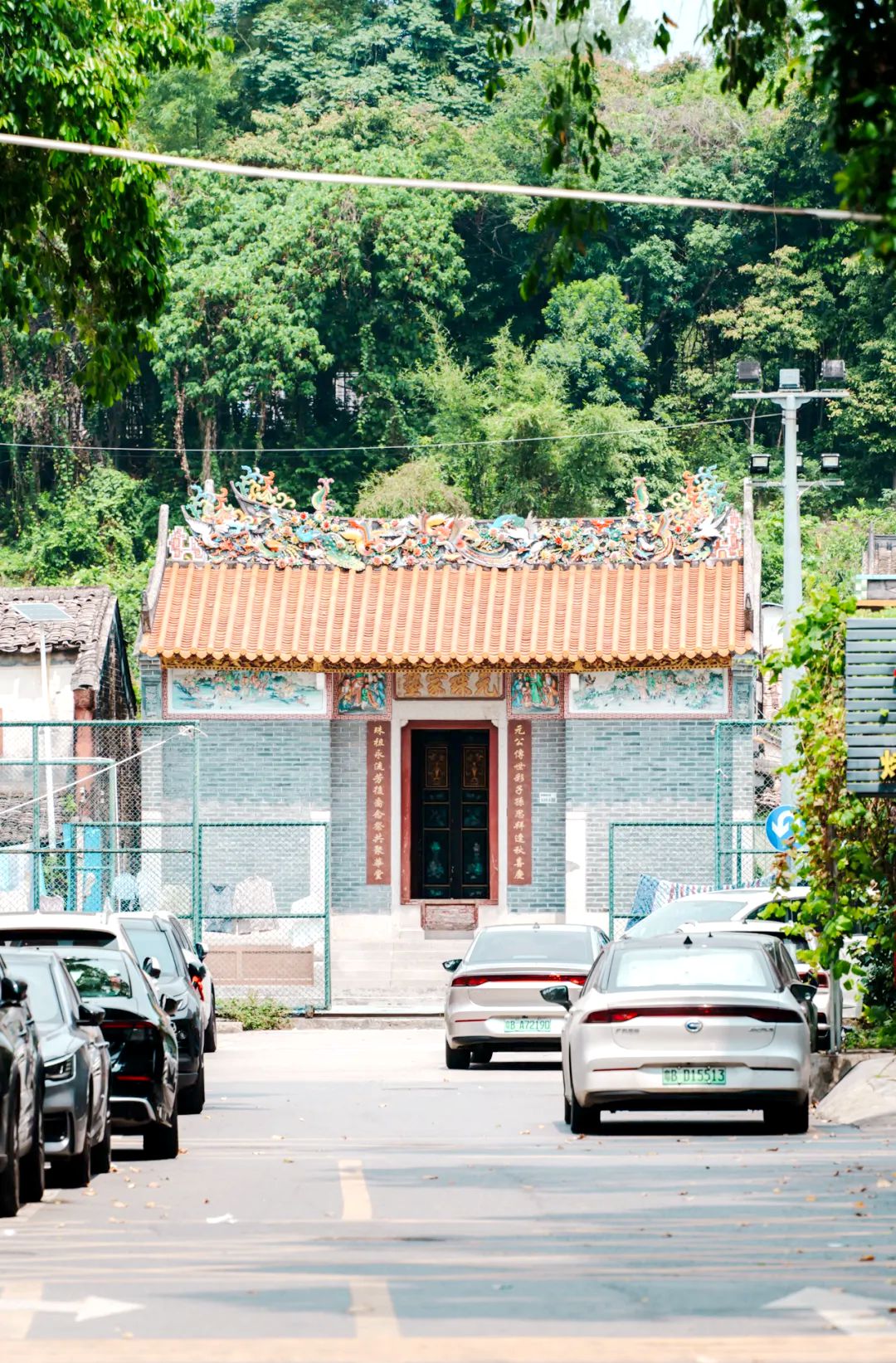
An ancestral hall in Qinghu Ancient Village.
Behind the ancient village, there is a park worth visiting — Qinghu Cultural Park that features mostly classical garden architecture. There is also a nearly 1,600-square-meter rose garden, which is worth visiting during the full bloom season.
How to get there: Metro Line 4 to Qinghu North Station (清湖北站), Exit A then walk around 900 meters
Langkou Village
Langkou Village is a settlement of Hakka people, but its architecture features both simple and quaint Lingnan-style old houses and Western-style villas.
Currently under renovation, the village also houses Qianzhen Girls’ School, a church and the Hakka Folk Museum.
The church, named Langkou Church, was established by a pastor who came here to preach in 1866, and is one of the oldest churches in Shenzhen. The church marked the beginning of a new blend of Chinese and Western cultures in Langkou Village.
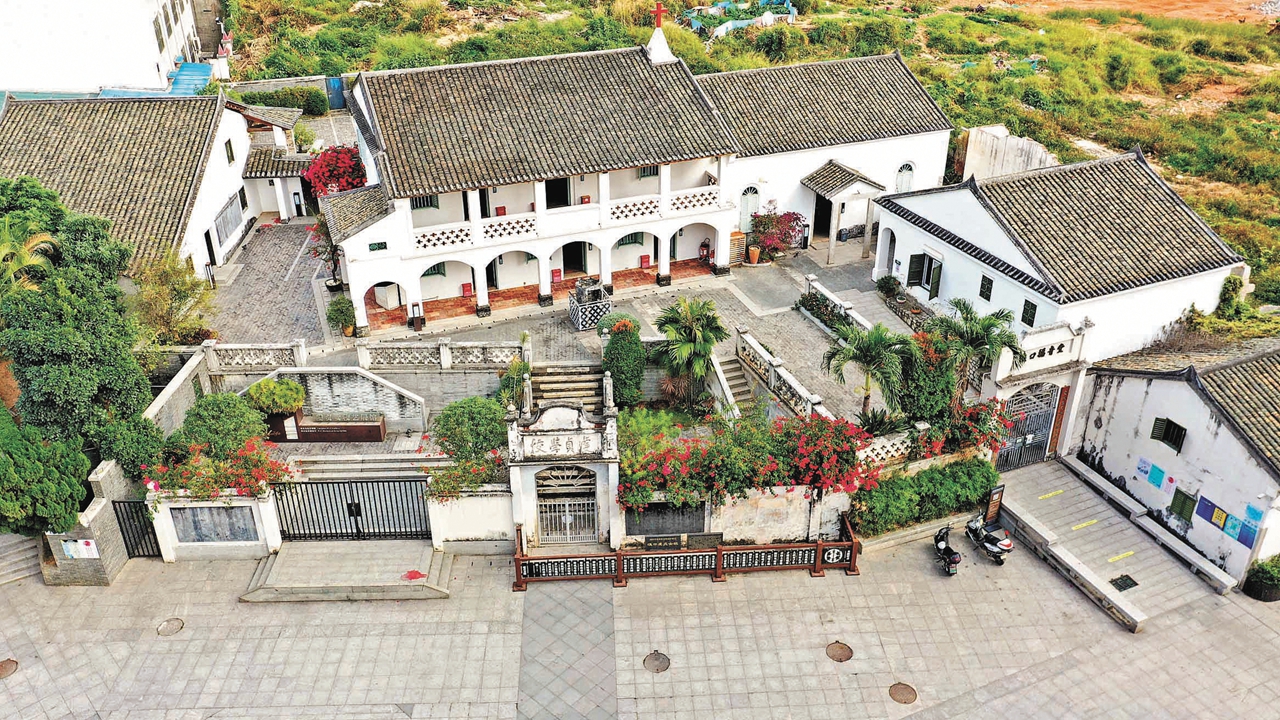
An aerial view of the girls’ school at Langkou Village. Cai Weize
Qianzhen Girls’ School was founded in 1891, originally known as the Basel Mission School in Hong Kong. Missionaries came to teach Western culture at the school. It has become a new cultural landmark in Longhua and for those interested in visiting, remember to make reservations by scanning the QR code placed at the entrance to the school!
Qianzhen Girls’ School
Opening hours: 9 a.m. to 12 p.m.; 2 p.m. to 5 p.m.